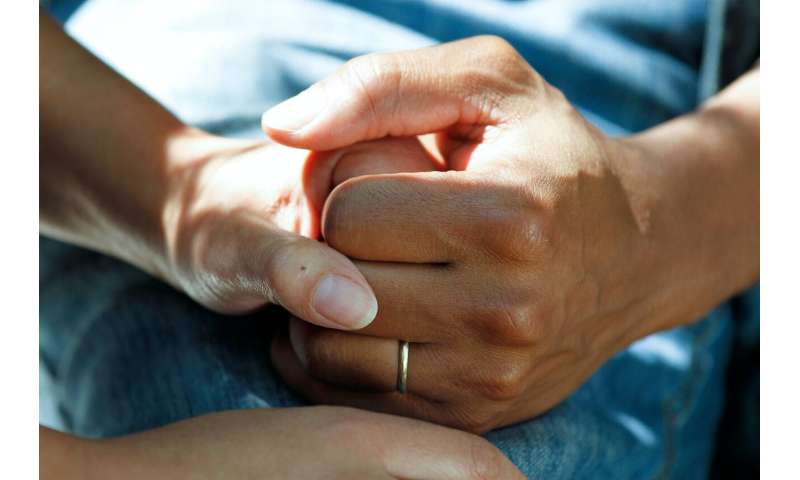

There have been over 280,000 deaths in the United States due to COVID-19, with the infectious nature of the disease preventing many patients from receiving end-of-life care at home. Researchers from Brigham and Women’s Hospital and collaborators found that 95.5 percent of individuals who died with a diagnosis of COVID-19 in the Mass General Brigham health system between February 18 and May 18, 2020 did so in the hospital. To better characterize the intensity of end-of-life care and promote discussions about at-home care, the researchers analyzed specific death settings, determining that roughly 40 percent of hospital deaths occurred in the intensive care unit. Findings were published as a letter to the editor in the Journal of Palliative Medicine.
“Surveys have shown that most patients prefer to die at home, but there is also an ongoing debate about whether that is the best option for patients when resources for at-home care are limited,” said corresponding author Isaac Chua, MD, MPH, of the Division of General Internal Medicine and Primary Care at the Brigham. “The purpose of this study was to open up a larger conversation about whether we need to provide more advanced care at home, so that if patients want to die at home, they would have that option.”
The researchers state that the large percentage of patients that died in the intensive care unit (ICU) suggests that end-of-life care was intense for the plurality of those who died in the hospital. Roughly a third of the other deaths occurred in the general ward, and less than one fifth (17.8 percent) occurred in an inpatient palliative care unit. Based on the overwhelming number of patients who died in the hospital and ICU, it is likely that most patients who expressed a desire to die at home were unable to do so.
While the study population only included 16 patients who died outside of the hospital, making observations about this group hard to generalize, two patterns emerged. First, more than 93 percent of the patients who died outside of the hospital were white, whereas white individuals accounted for only about 61 percent of those who died in the hospital. Secondly, the population was on average older, with a median age of 91.2, compared to 77.8 among those who died in hospital.
Chua hypothesizes that the higher median age among those who died outside the hospital possibly reflects that older adults may have been more prepared to make end-of-life decisions, facilitating earlier plans for a safe discharge to the home while minimizing risk of infecting other household members. In contrast, a younger patient may have been more likely to continue to pursue hospital-based care.
“Most COVID-19 patients likely have not been thinking about their own mortality, and so they may be undecided about what they want,” Chua said. “There’s a lot of uncertainty and a lot of stress.”
Clinicians face uncertainty as well. “Especially at the beginning of the pandemic, the prognostic factors for good and bad outcomes were unknown,” Chua said. “It’s hard to create a pathway for sound end-of-life care because of how novel this virus is, how little we know about it, and how hard it is to plan ahead.”
Notably, 61 percent of the COVID-19 patients received a form of sub-specialty palliative care, which Chua says is a positive finding reflective of MGB institutions’ commitment to implement palliative care services amidst the COVID-19 crisis. Still, patient preferences surrounding end-of-life care for COVID-19 remain understudied, and hospital systems are still exploring ways to provide patient-centered care at home for acute and subacute illnesses.
Source: Read Full Article